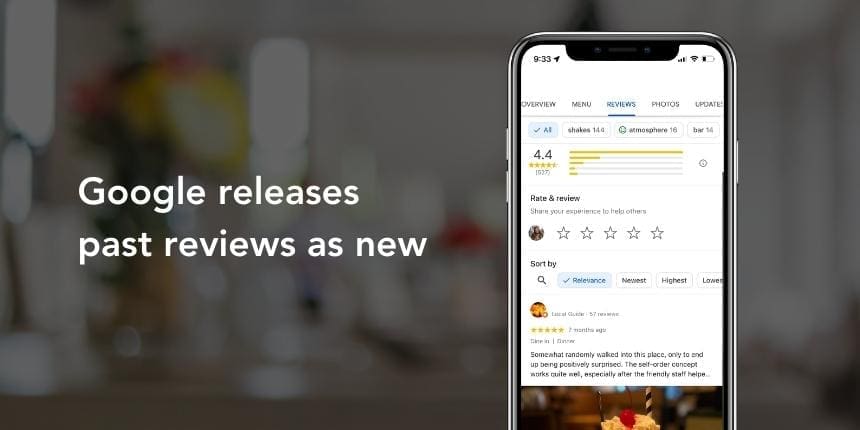
Maximize your local presence through strategic location management.

In February 2023, Google announced that it would reinstate reviews that were mistakenly removed by a spam filter. Google acknowledged the issue and stated that it would work on reinstating these reviews over the next few weeks. As of early March 2023, the reviews have all been released and posted on Google listings, however they are released as “new”.
DAC, through the power of TransparenSEE™ has access to hundreds of thousands of locations and their associated reviews and we analyzed the data to quantify the impact of this announcement. We found that in February, only 0.04% of the Google reviews were marked as “new” but were actually from a previous time, indicating that these reviews were released. In March however, DAC’s research found it jumped to a whopping 22% — in other words, over 18,000 reviews. The biggest influx of released reviews was seen on March 7th, 2023. The oldest released review dated back to 2010. If you’re not analyzing reviews on Google Maps at scale (using a software like TransparenSEE™), you might need to evaluate how significant this is on your own business.
Marketers should understand how to deal with these newly released Google reviews, as standard responses may not suffice. Consumers who left these reviews months or years ago may not have known that their reviews didn’t go live and may have assumed that business owners did not respond. For most consumers, this may not mean much. However, for negative reviews posted by consumers looking to share their concerns or issues through a review, they may be more sensitive to the delay in the brand addressing their concern.
Two options brands can take for dealing with these newly released reviews are:
Subscribe to our monthly newsletter.
In any case, DAC recommends that brands never address issues directly online and recommends taking the conversation to a 1:1 channel where issues can be resolved.
Because of the significant volume of these newly released reviews, brands should have a strategy in order to deal with them While sorting through reviews manually on Google may not be an easy way to address this, having a solid reputation management and review response strategy for your brand is increasingly important. By understanding this reputation management predicament, it’s possible for brands to move forward in a positive way.
Want to be fully prepared for all changes in local search and location listings? Start by partnering with experts on our Local Presence Management team to get ahead of the curve.
Maximize your local presence through strategic location management.
Maximize your local presence through strategic location management.
Subscribe to our monthly newsletter.